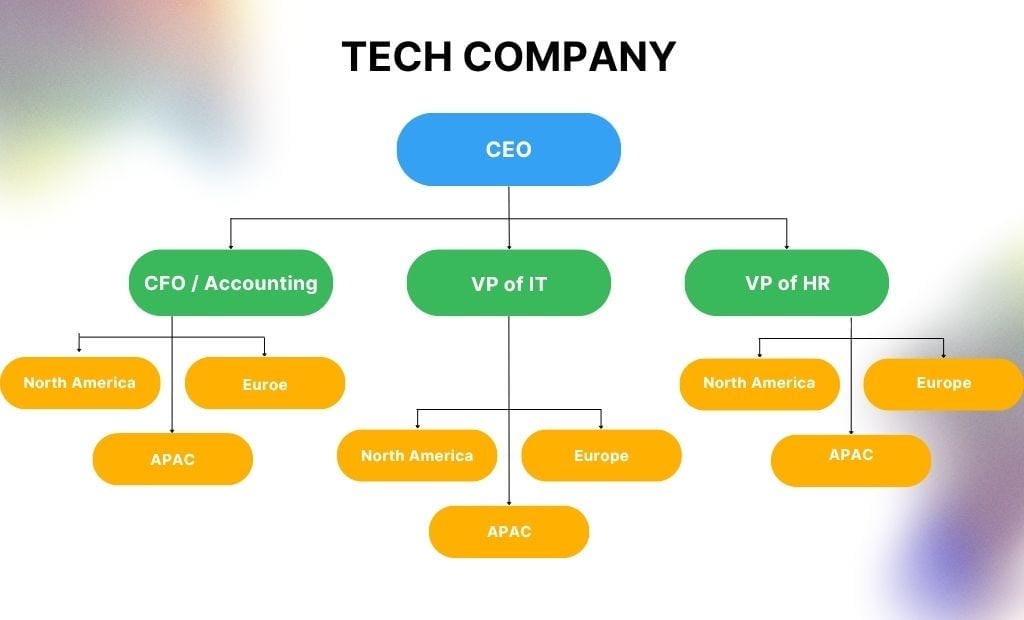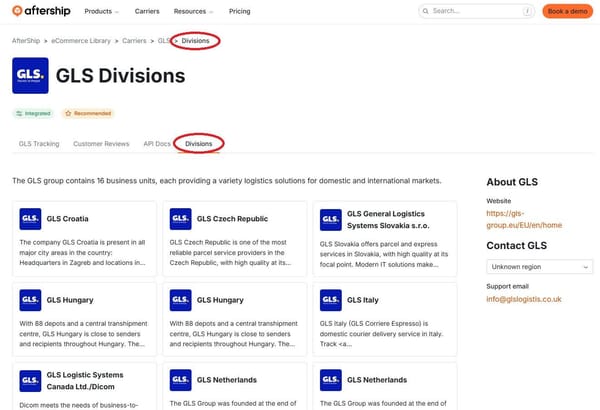Traditional logistics company's distributed P&L structure needs to die

If you’ve ever worked for or dealt with the same traditional logistics company, but in multiple countries, you will likely have experienced what I deal with all the time — which is that aside from sharing the same name, the two countries’ might be totally different!
Different IT systems, different quoting structure, different bank accounts, different services, different marketing, and little to no collaboration between the company’s countries.
This is because these traditional logistics companies are typically structured as completely separate independent entities with entire supporting functions duplicated within each P&L.
If a freight forwarder has operations in 20 countries, this potentially means that there are 20 different accounting teams running on 20 different accounting systems. Now it’s usually not that bad — as it’s possible many of the countries use the same accounting software — but they probably don’t talk to each other and they’ll probably give you an excuse like it’s a matter of data privacy.
This kind of terrible customer experience is slowly destroying the brand equity of the biggest traditional companies as anyone outside of that circle simply view these big brands as having highly inconsistent products and services, and failing to communicate internally between themselves.
In the past, when real time instant communication via the internet wasn’t possible, this localized P&L structure might have made sense, but in today’s fully connected world, where business customers themselves are becoming more globally sophisticated, this model is preventing traditional logistics companies from growing and innovating, and if the traditional logistics companies don’t get their act together, they will continue to stagnate into irrelevance.
Even if these traditional companies are able to grow, innovation can be inconsistent across countries and business units, with the headquarters acting more like a portfolio manager than an as a strategic executive team.
How to Fix It
Logistics companies should look to the newer tech companies for inspiration. A considerable number of highly scaled tech companies that are barely 10-20 years old AND are worth far more than the traditional logistics companies, are organized by function in a centralized structure.

Read the full article here... (it's free)




